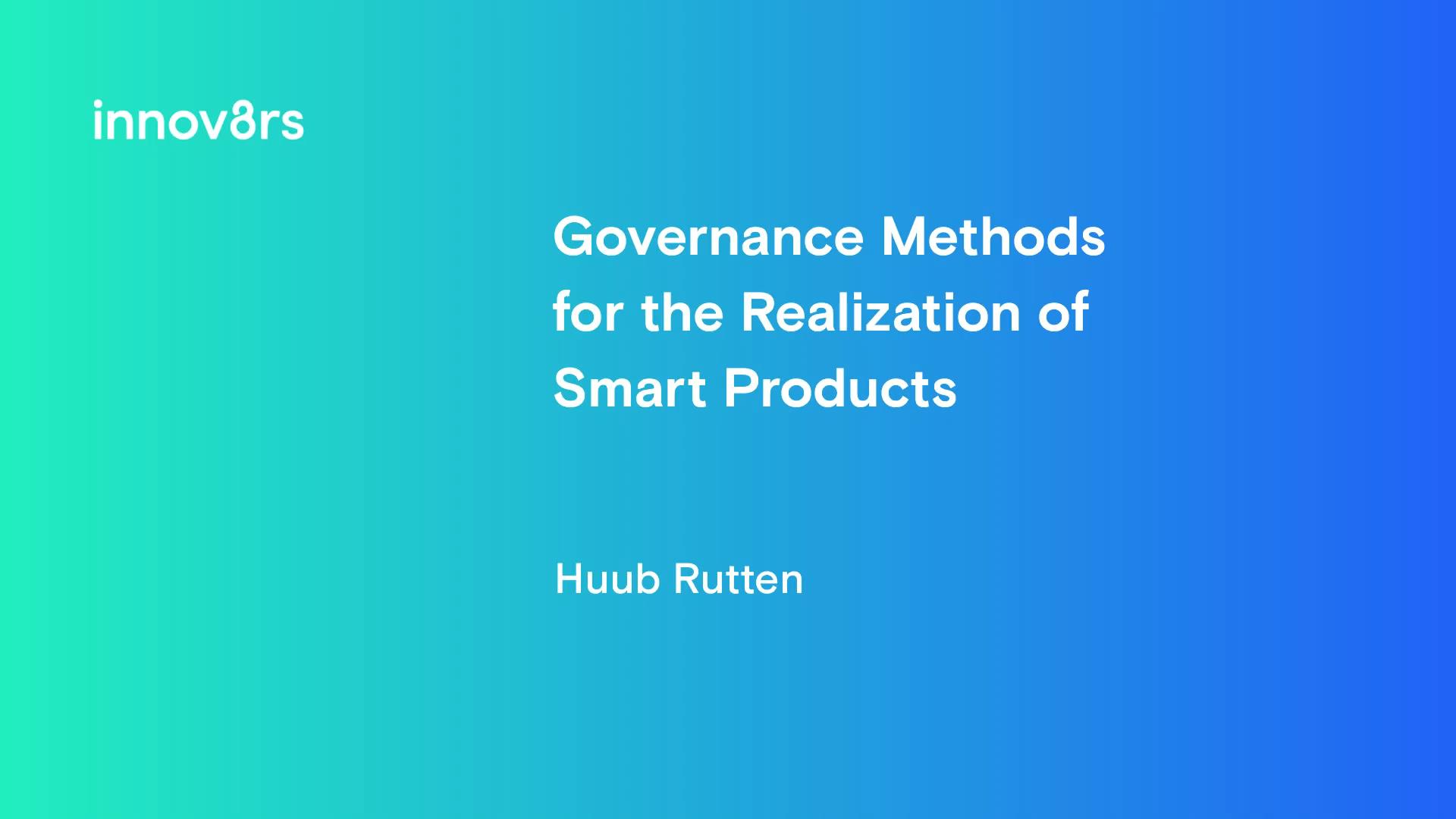Smart Products contain more and more embedded and connected software features. The trend is called Product Digitization. What happened in the factories as Industry 4.0 happens now on the product realization side of the business.
This has quite some impact on how product realization is organized: who is leading the innovation, who decides where to use the resources, how can we be sure we can deliver in time what we promised to the market, who decides what we deliver, how can we upgrade our software components while in the market, which department is the coordinating department, how can we make sure everybody works in the same strategic direction? The discussion around these questions is very actual because of the Agile movement, inspired by software development methodologies.
The idea is that every department should work in an Agile way. Because of this many companies suffer from frictions between organizational functions, departments, and disciplines, that own specific work assignments in the entire product realization process. The nature of work can be very different. These frictions are hurdles for company success. How do we deal with these differences?
Watch as Huub discusses a Governance Framework and Management Methodology that coordinates seamless product realization and launch, while respecting different disciplinary methodologies and tools. He argues that differences are natural, and fine, and that companies don’t have to transform into one and the same development methodology to be productive. On the contrary.
Huub Rutten
VP of Product Research and Design and co-founder of Sopheon
Huub Rutten has more than 20 years experience in linguistics and language management. Rutten combines his linguistics and information technology (IT) expertise to innovate the use of language management technology within knowledge-intensive business processes.






